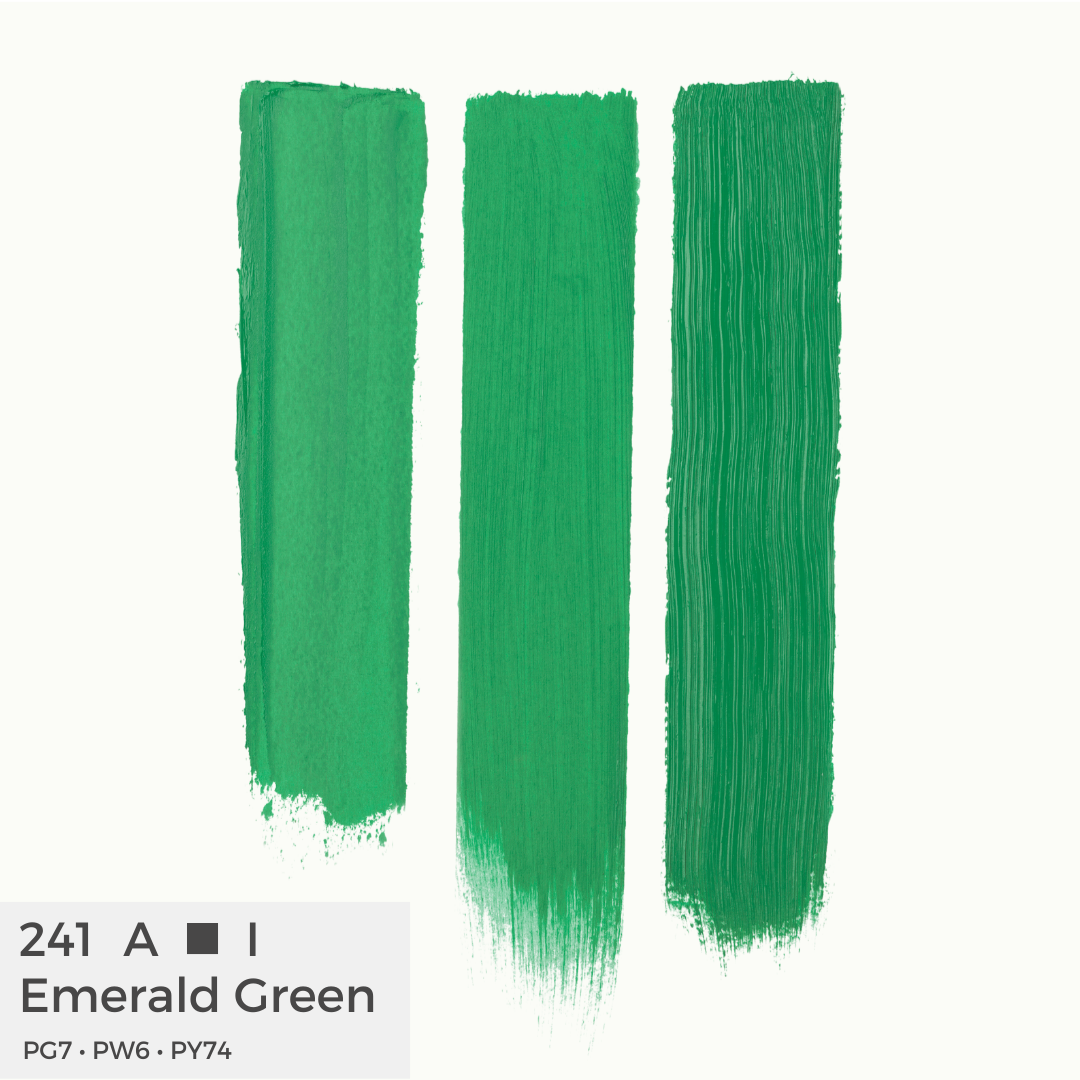In 1832, chemist William Winsor and artist Henry Newton collaborated to offer fine artists an unprecedented range of colors, clarity, and permanence. They identified the need for reliable sources of colors and brushes, and as a result, they developed improved watercolors, Chinese White, the first durable opaque white watercolor, and collapsible tin tubes for oils and watercolors.
Throughout the late 1800s, Winsor & Newton received several royal appointments and awards that helped them expand their reach globally. In the early 20th century, they further expanded their range of products to include value ranges and ensured production continued through both world wars.
However, there’s a sinister side to their past. Emerald Green, also known as Paris Green, is a bright blue-green named after the precious gemstone. Don’t be fooled by its beauty: Emerald Green has a deadly past – its distinctive colour once owed itself to a lethal key ingredient: arsenic.
Emerald Green’s desirable hue was so fashionable that its toxicity was largely ignored, and the pigment’s use in paints, clothes and wallpaper would ultimately prove fatal. Join us as we investigate the controversial past of Emerald Green:

